4 C's of Diamonds: Color
Cut, Color, Clarity, and Carat -- everyone knows these are the 4 C's of diamonds. In this blog, we are going to take a closer look at one of those C's to help you become a diamond expert!

Diamond color is arguably the second most important aspect to consider when choosing a diamond. Diamond color refers to the natural color of a diamond, not the sparkle or reflection of light a diamond gives. Most diamonds naturally show hints of yellow, gray, or brown, caused by trace elements of nitrogen that were present when the diamond formed. A higher quality diamond exhibits less color, which allows for more light to pass through, enhancing the diamonds brilliance, fire, and scintillation.

The standard international scale for normal diamond color range spans from D, a totally colorless diamond, all the way to Z, which is a pale yellow or brown color. For a diamond purist, the colorless grades D-F show no noticeable color under magnification. However, color grade G-J is a great value, as the color isn’t apparent with the naked eye. See the table below for more information about diamond color.

|
D (Completely Colorless) |
The highest color grade and very rare. |
|
E-F (Colorless) |
Small traces of color can be detected by an expert. A rare diamond. |
|
G-H (Practically Colorless) |
Color is difficult to detect unless side by side with a diamond of a better grade. |
|
I-J (Practically Colorless) |
A slightly noticeable hue or tone to the diamond. |
|
K-Z (Noticeable Color) |
Not carried by SilverandGold.com |
Check out our amazing selection of Diamond Jewelry!



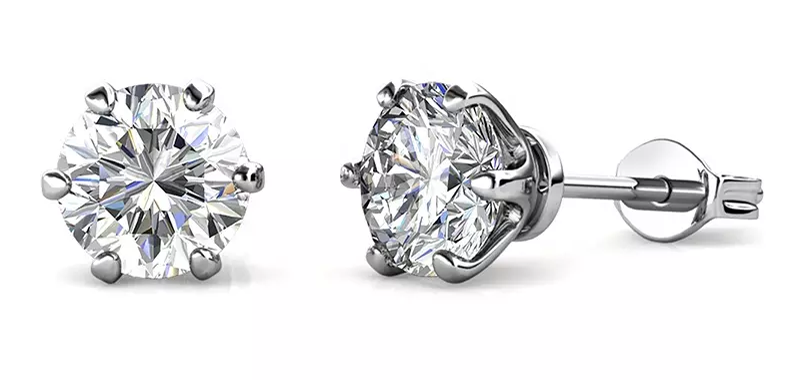
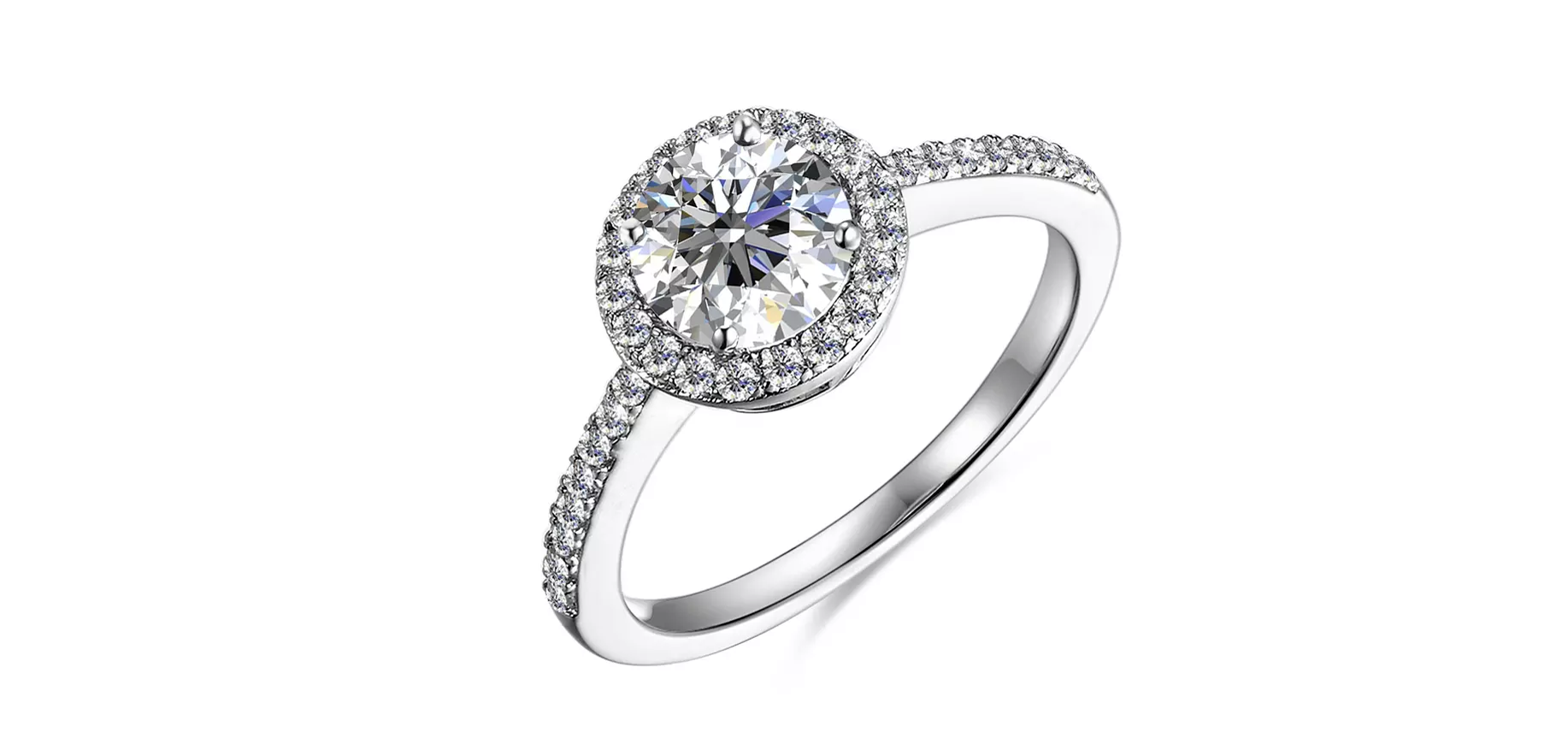
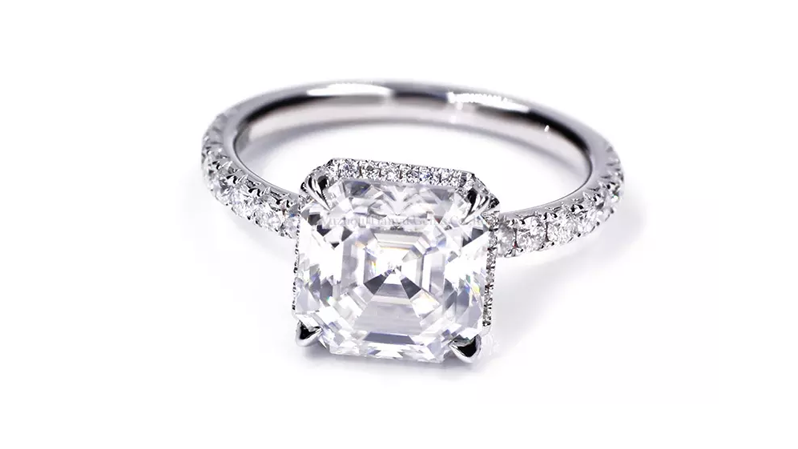
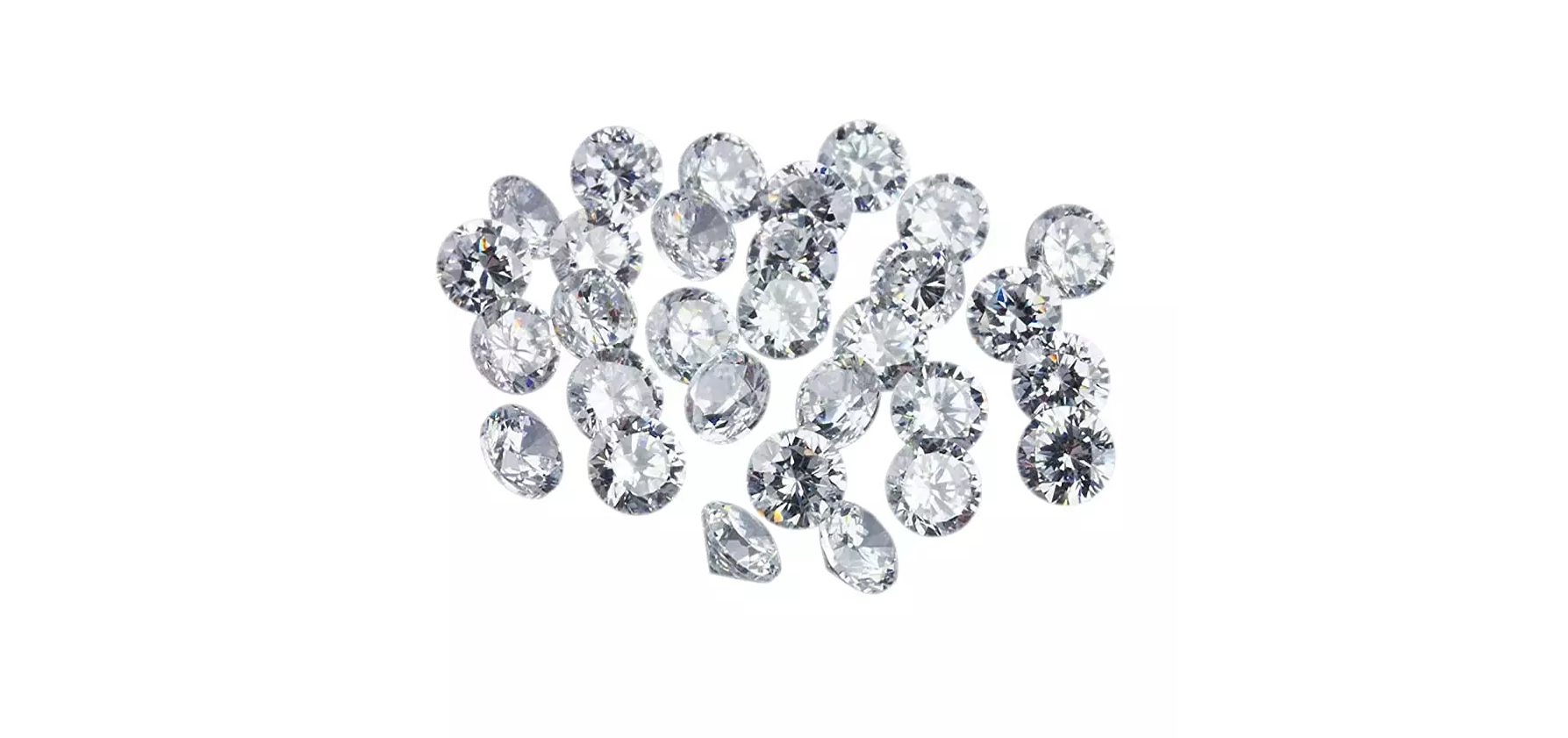
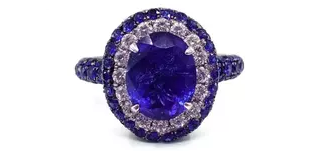
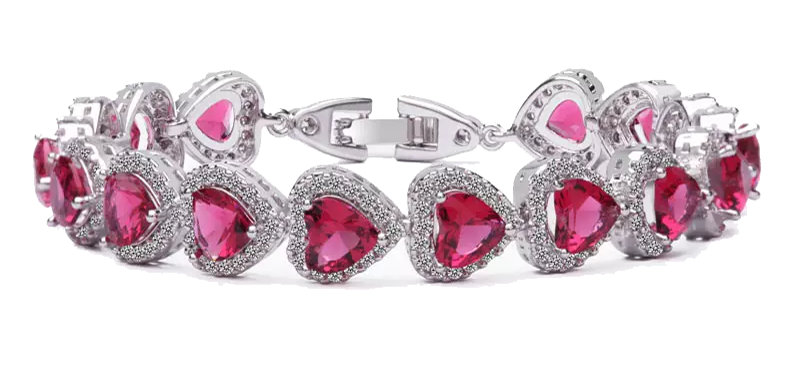
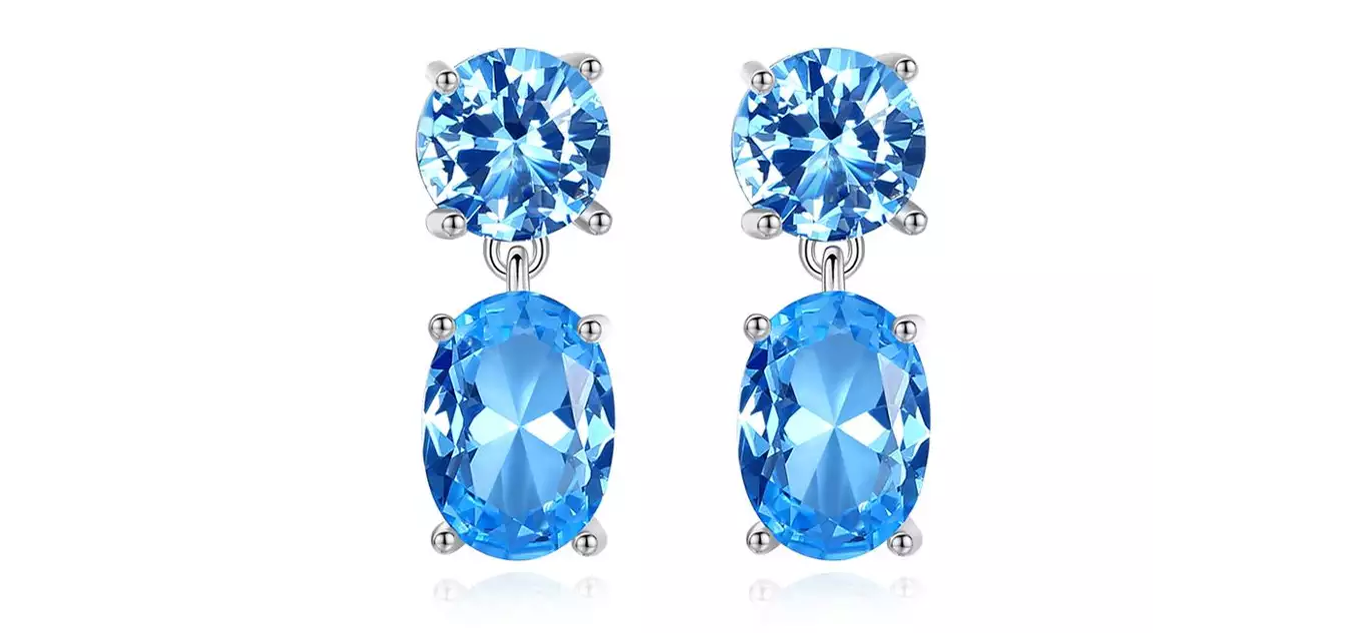
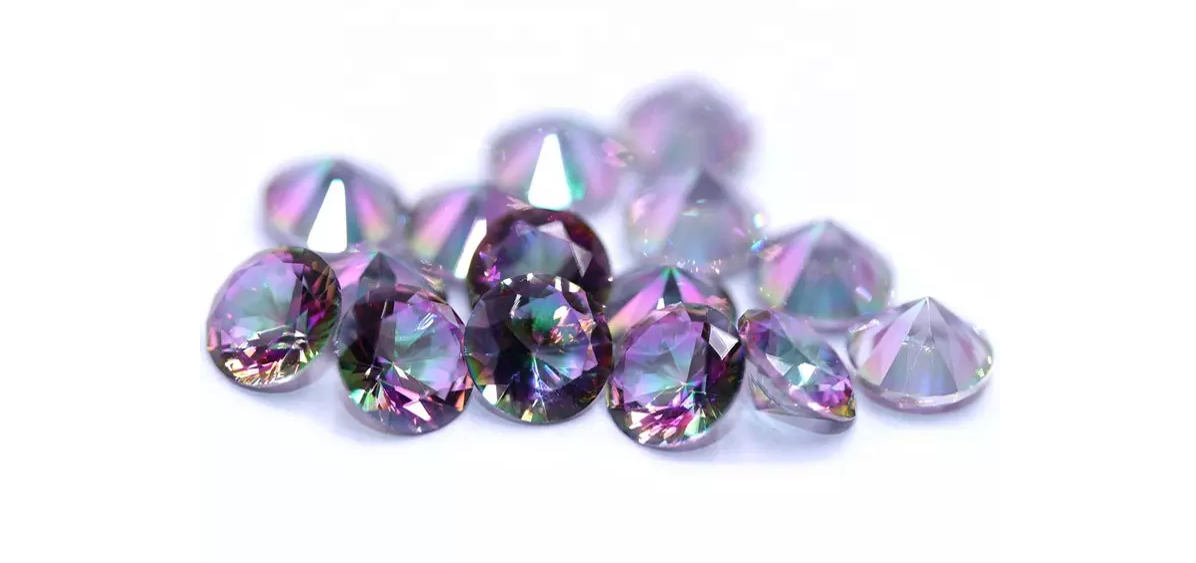
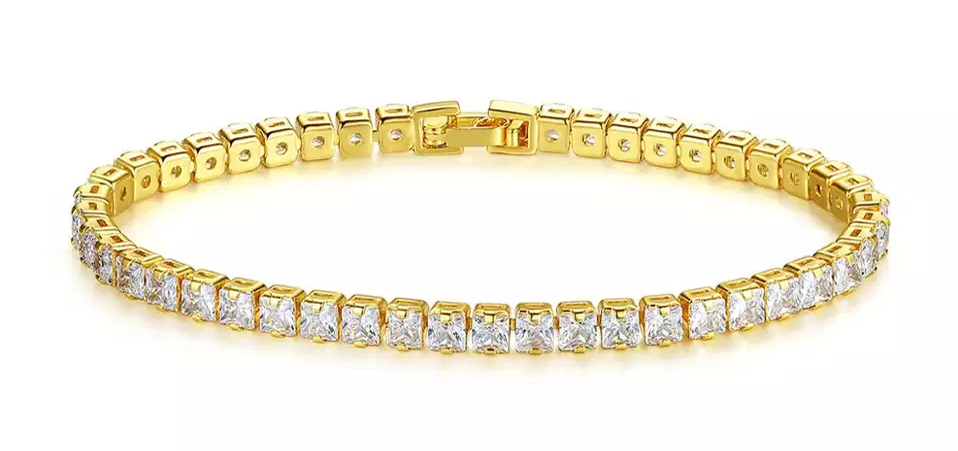
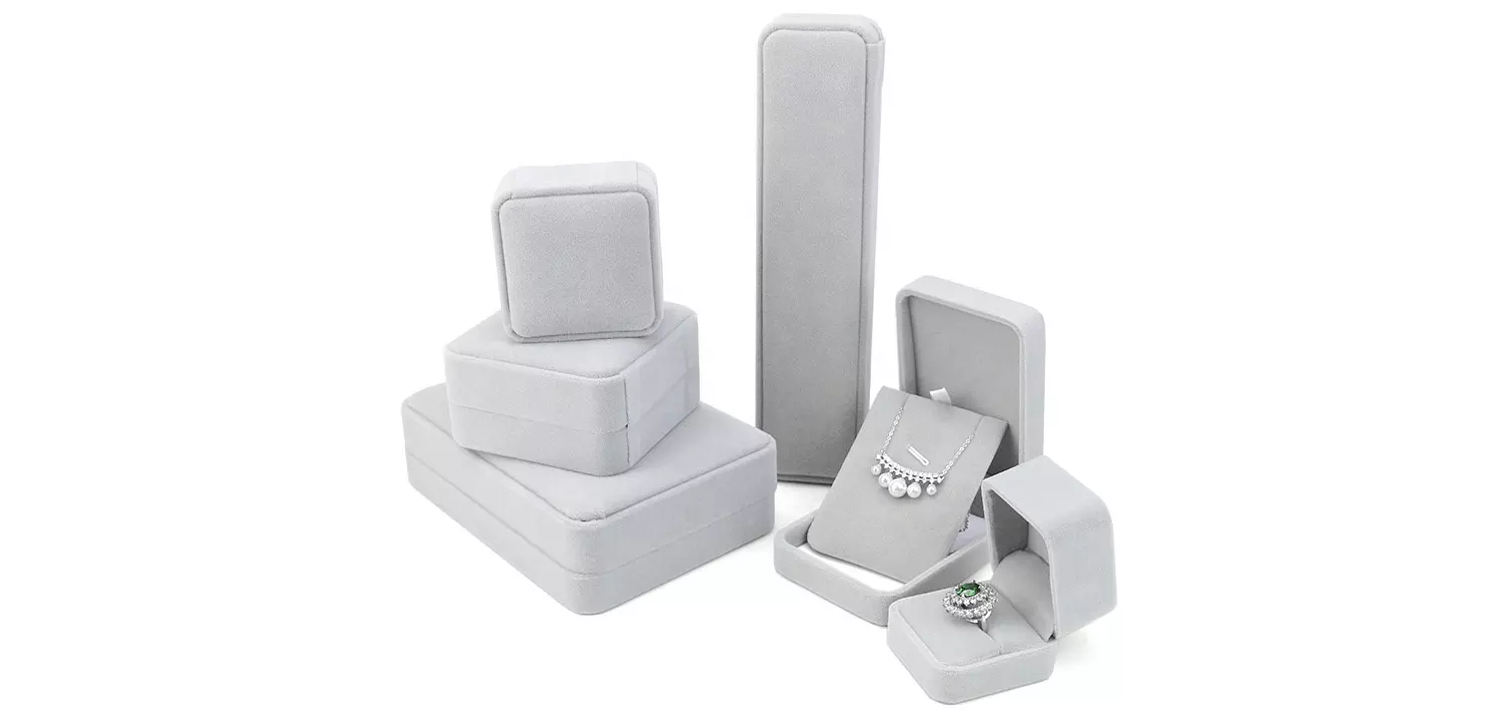
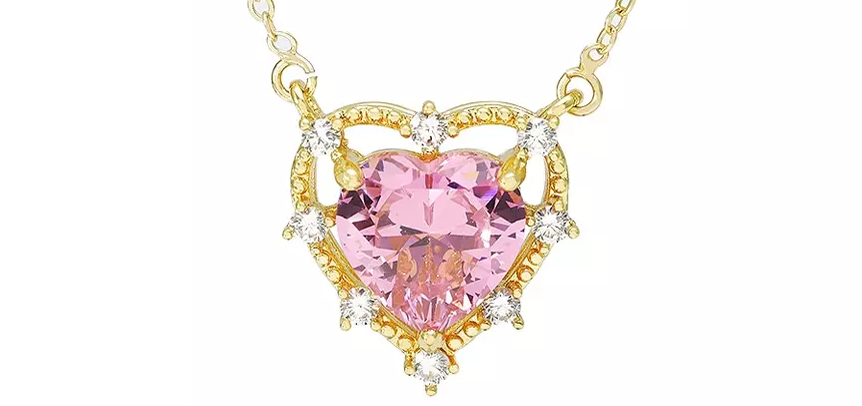
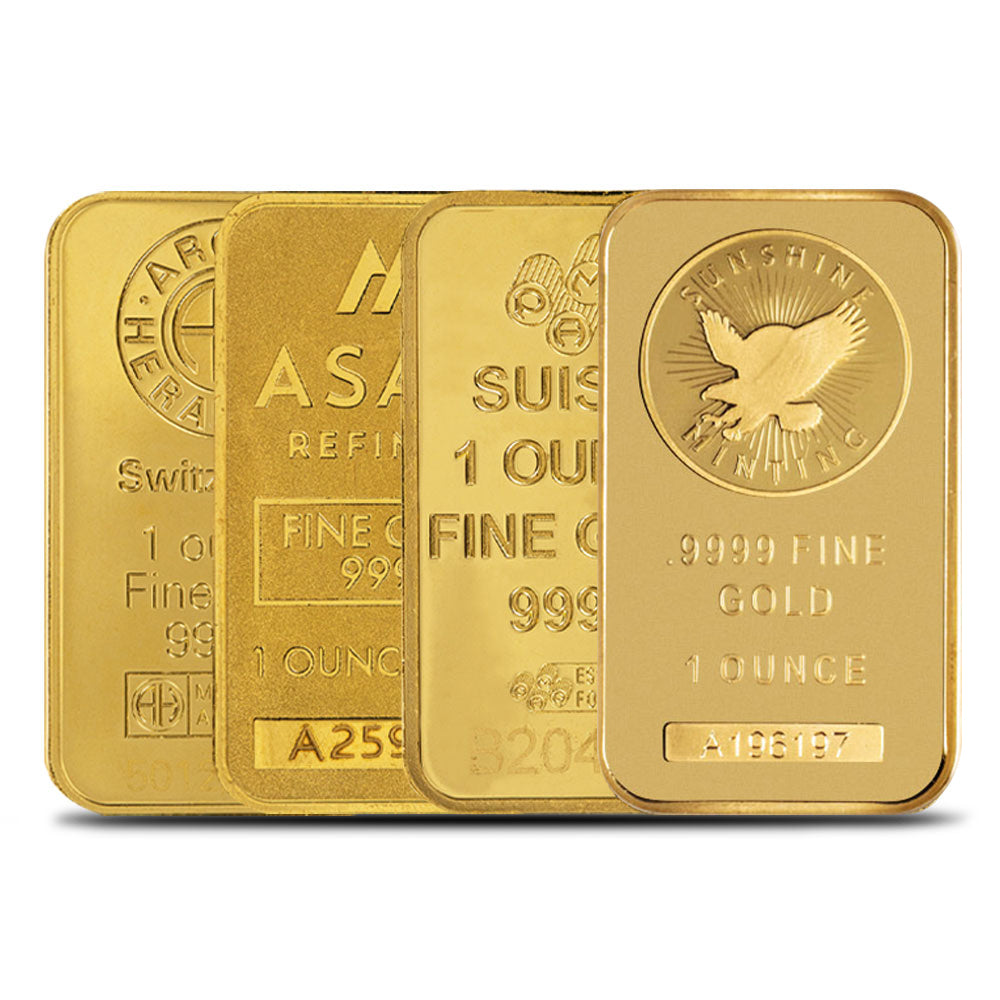
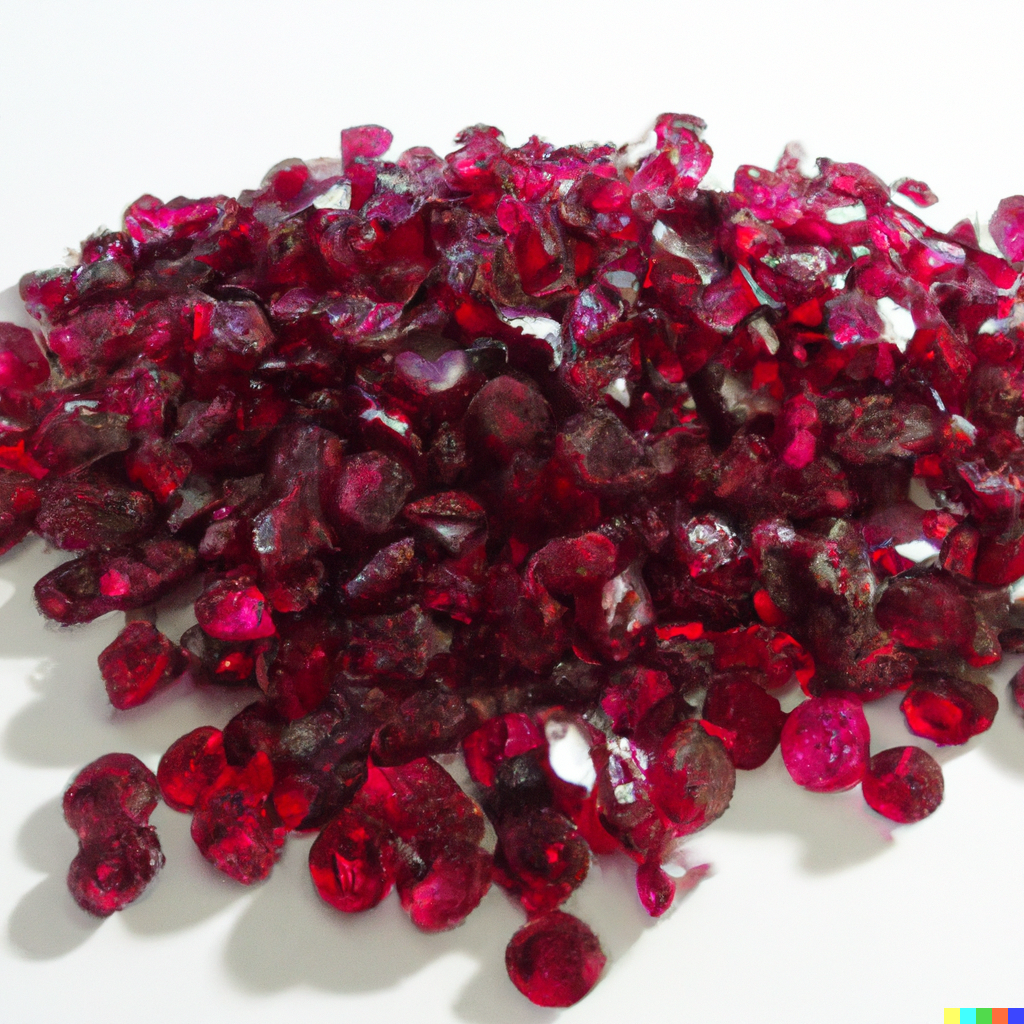
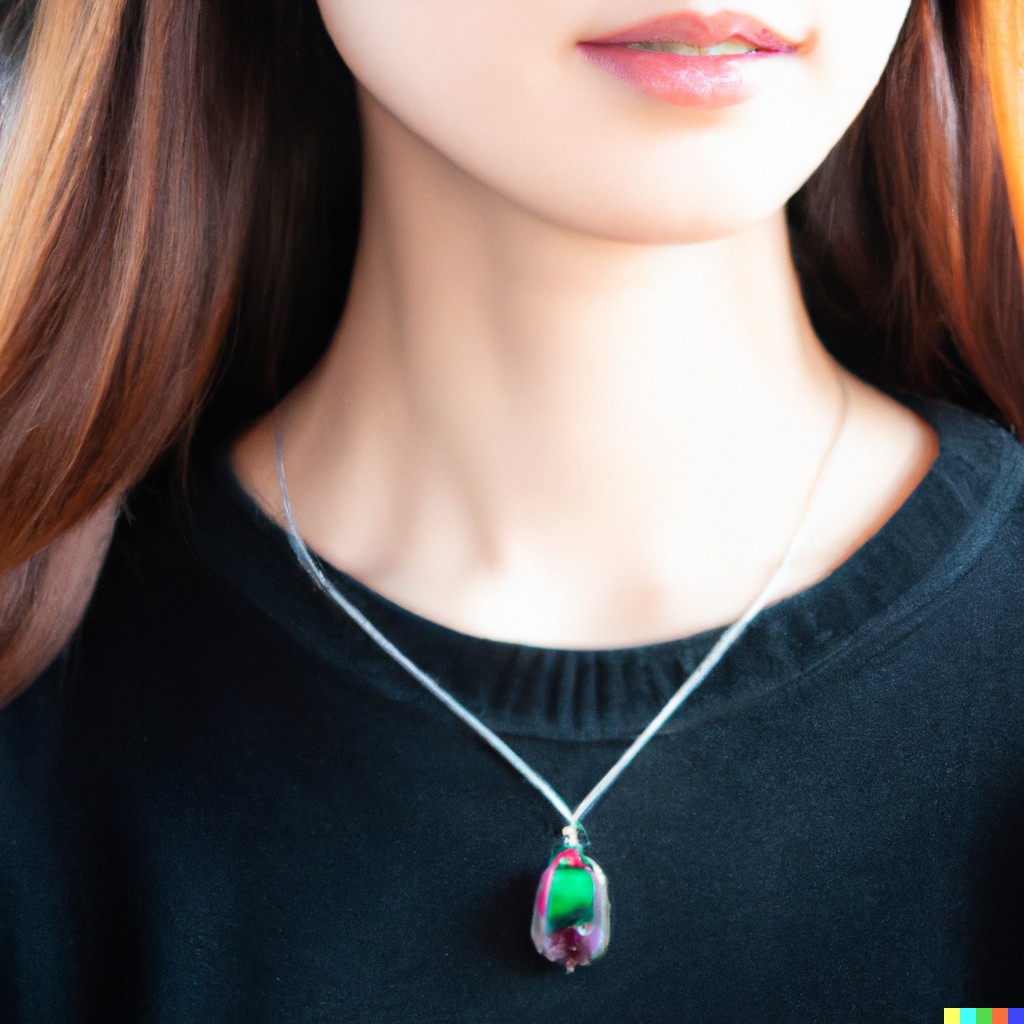
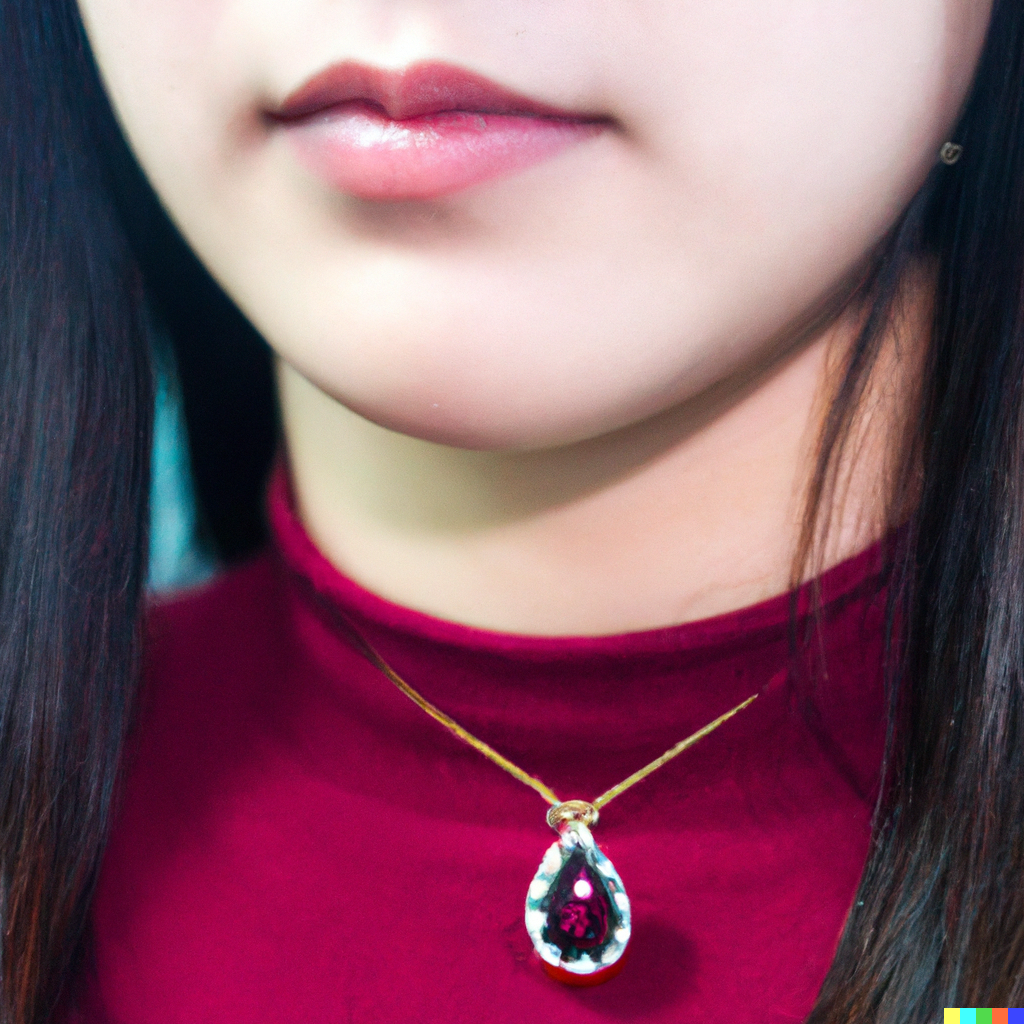
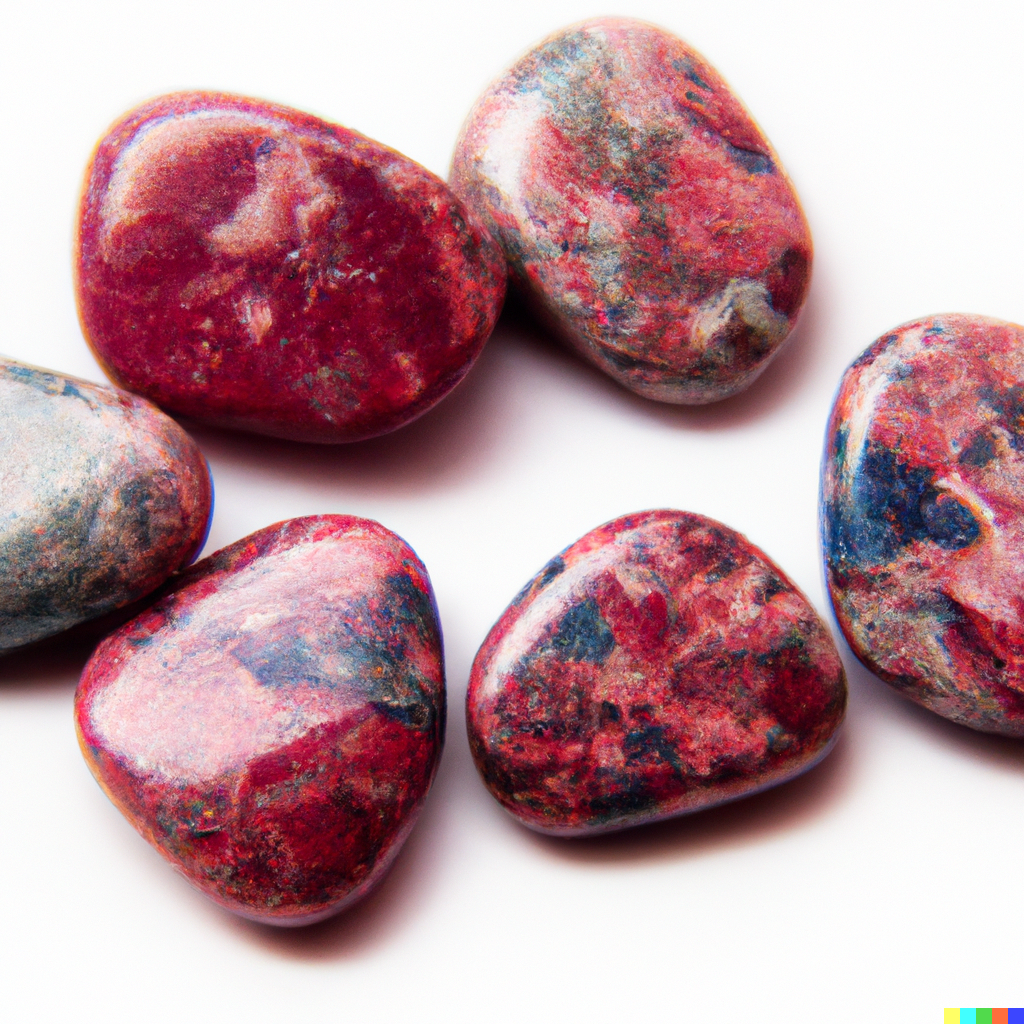
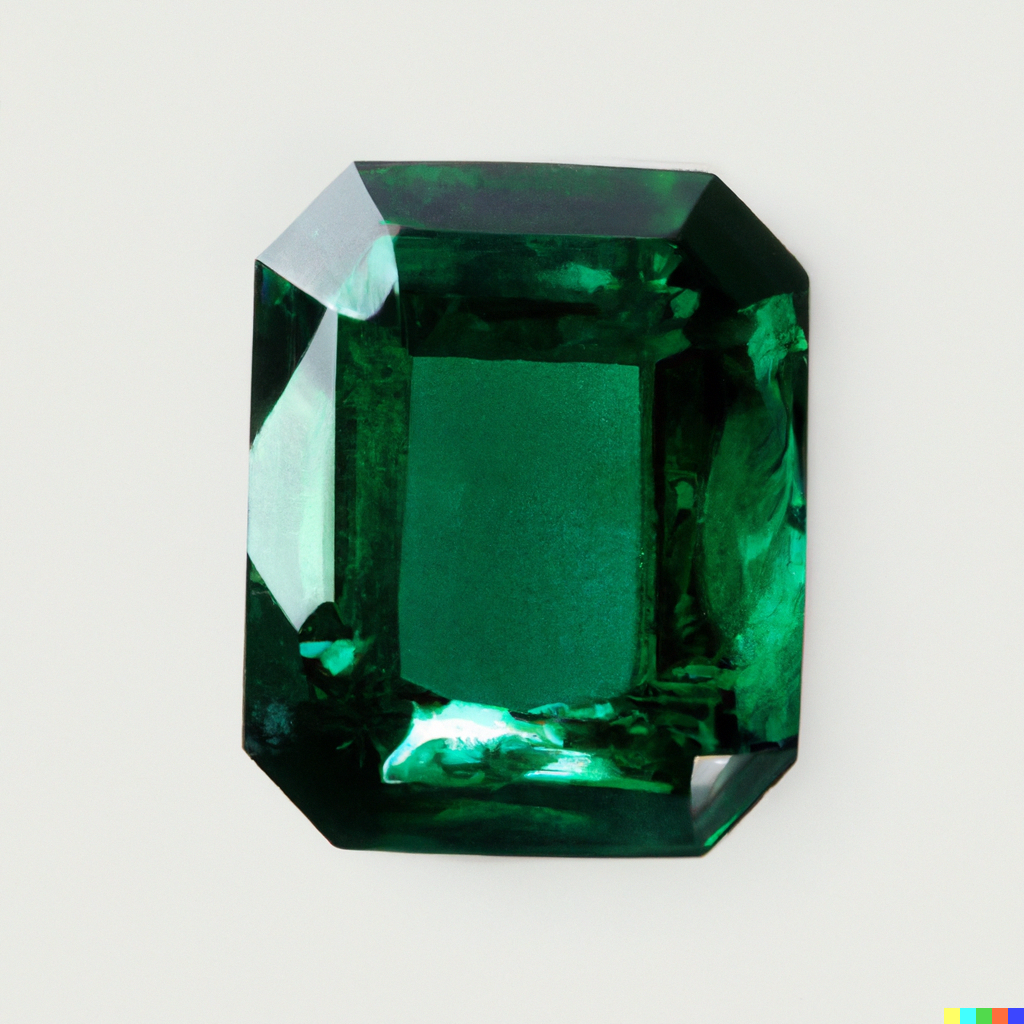
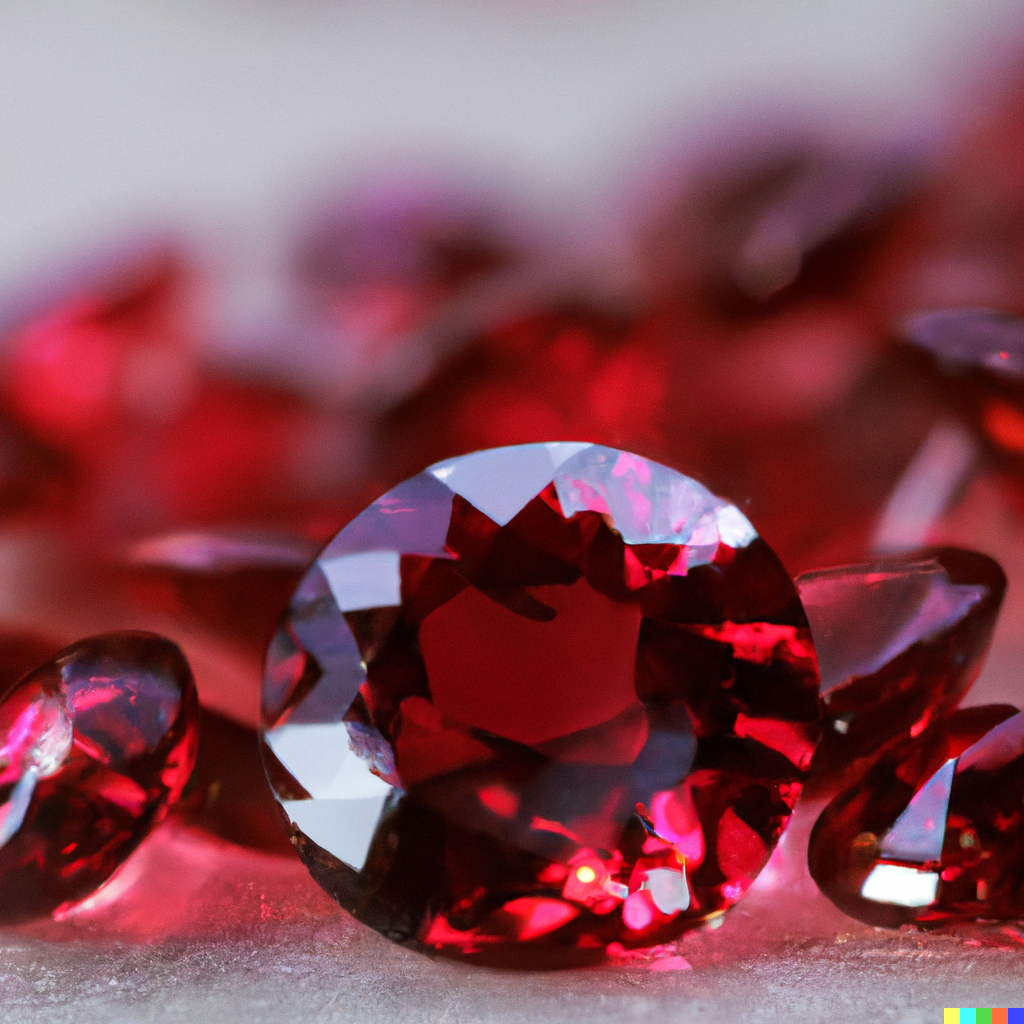
Leave a comment